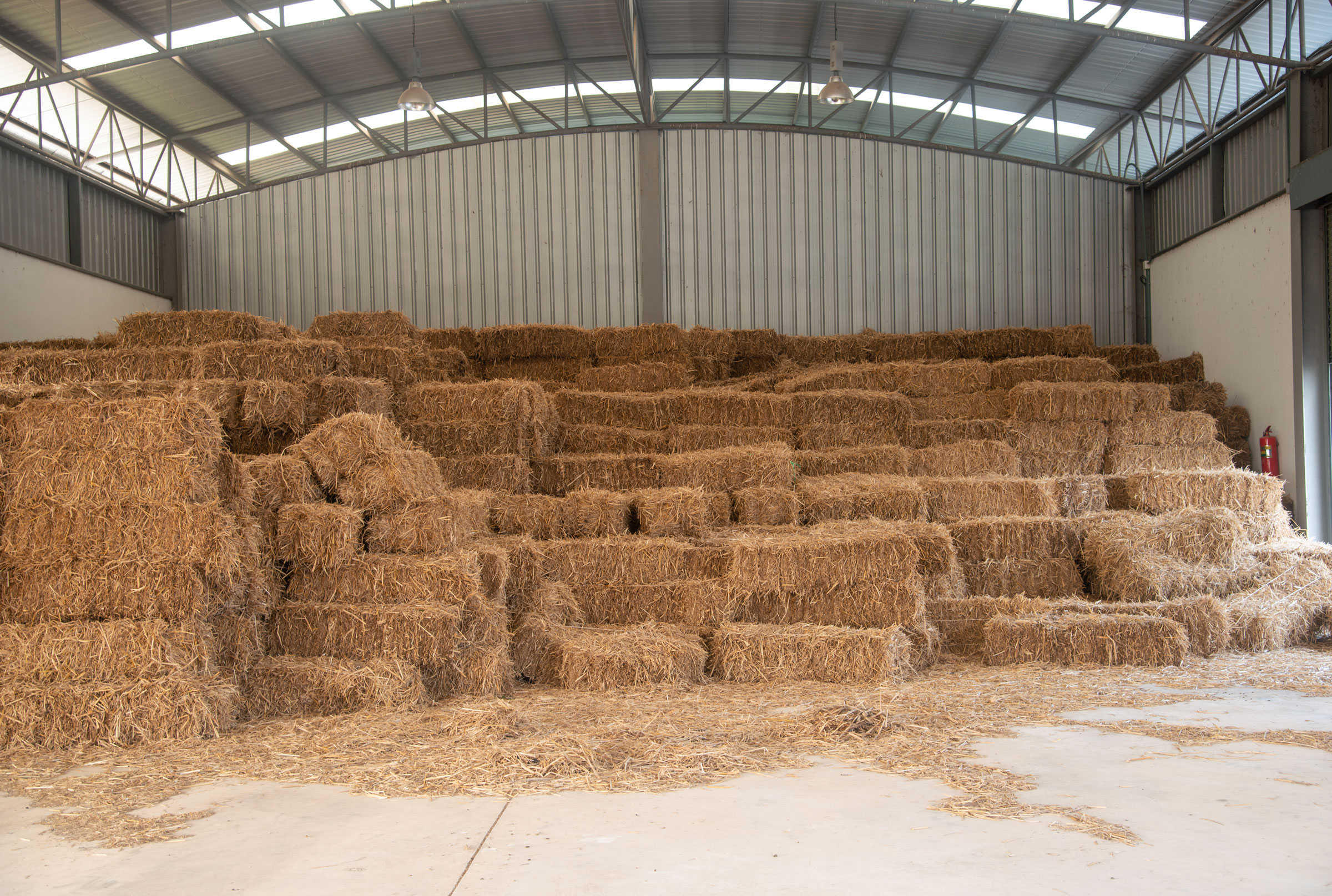
Feed and hay bills did not stop even though income evaporated amid the coronavirus pandemic. Organizations across the country offer access to hay banks and A Home for Every Horse helps connect horse owners with those resources.
“The main goal of hay banks is to help people in need keep their horses instead of rehome them,” said Melissa Kitchen, the vice president of marketing services at Active Interest Media (AIM) Equine Network and one of the CHA’s Educational Partners. “When times are tough, and people have to worry about how to feed their family, hay banks provide assistance so people don’t have to worry as much about feeding their horses.”
A Home for Every Horse, an AIM initiative, works to connect people who contact them with hay banks. Made up of a community of horse rescues, the group is often approached by horse owners looking for resources to help them keep their horses.
Hay banks are one way equine professionals and individuals alike can pitch in when times are tough. Before taking action, investigate to determine if one exists locally. State horse councils, local rescues and extension agencies may have this information. If none are available, the first step is connecting with local resources for hay supply, storage and delivery options.
How to Set Up a Hay Bank
Fleet of Angels founder Elaine Nash adds that having enough hay available is key.
“If you’re going to advertise a hay bank, have more than 50 or 100 bales,” she said. “Advertise it as emergency horse hay, otherwise people with sheep, goats, cattle and llamas will show up.”
Nash offered additional considerations for establishing hay banks:
- Source good-quality rather than the most expensive hay.
- Store hay, ideally under a roof, or stack on pallets and cover well.
- Secure the hay supply to avoid theft.
- Have enough space for deliveries and pick-ups.
- Know the expenses. An out-of-state supplier might offer a semi-load of hay, but shipping costs are often expensive.
- Confirm the quality and type of hay. Hay, especially with spots of mold, is unsuitable for horses.
While most people are honest, Nash recommends a robust screening process to ensure someone is not receiving hay and reselling it.
Once the application is received, Nash follows several steps including:
- Confirming the address is one where horses can be kept.
- Looking at the person’s FaceBook page (if available) to see if horses are pictured.
- Verifying the need with the applicant.
Once you’ve established a hay bank, Kitchen encourages organizers to find key places and people who can help spread the word.
CHA Instructors Change Lives Through Safe Experiences with Horses. The purpose of CHA is to promote excellence in safety and education for the benefit of the horse industry. CHA certifies equine professionals, accredits equestrian facilities, publishes educational manuals, produces educational horsemanship DVDs and safety shorts, and hosts regional and international conferences. For more information on the largest certifying body of riding instructors and barn managers in North America, Certified Horsemanship Association, please visit or call 859-259-3399. To find a certified equine professional or accredited equine facility near you, visit


